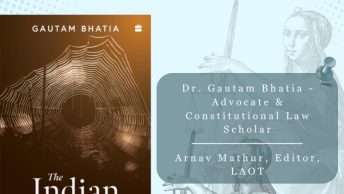P.A.Sangma vs. Pranab Mukherjee
The Supreme Court’s split decision in this case raises some interesting issues. In this article, I touch upon two such issues within the limitations of space. One is why the CJI has never been in a minority. I would agree that the CJI being in a majority in most cases cannot be just a coincidence. But I am equally intrigued what could convincingly explain this phenomenon. The second issue is what I think many have missed in this debate – except those campaigning against death penalty. When the Supreme Court admitted Sangma’s petition against Mukherjee, should it not have restrained Mukherjee from taking irreversible decisions till it disposed the petition?
Subscribe
Login
0 Comments





